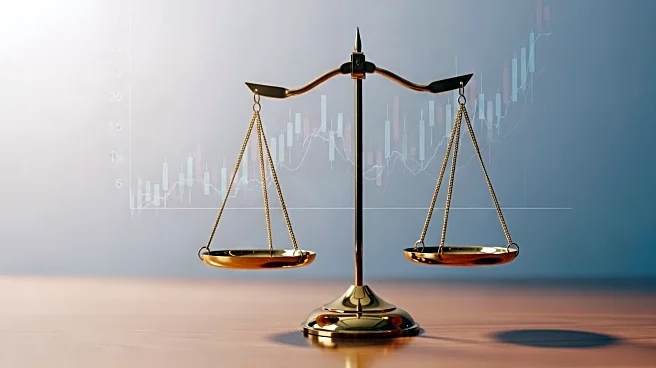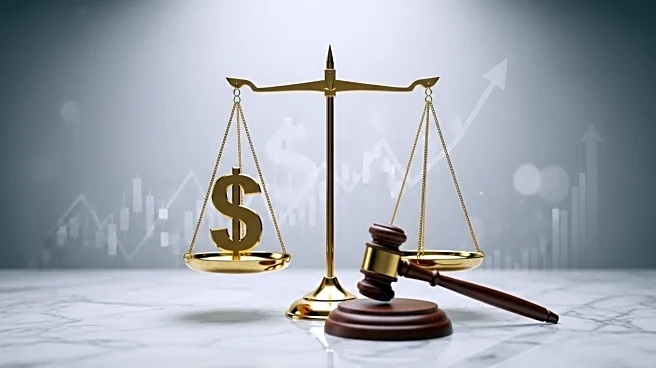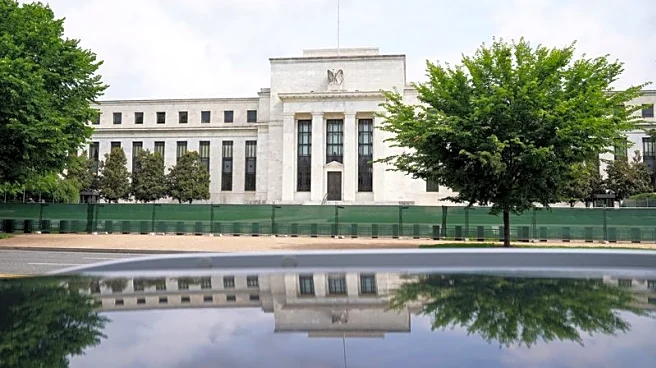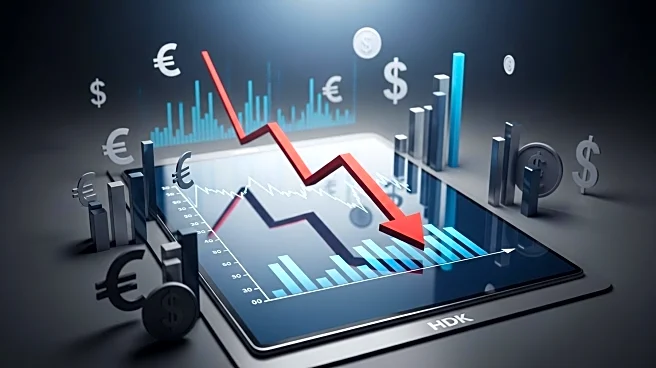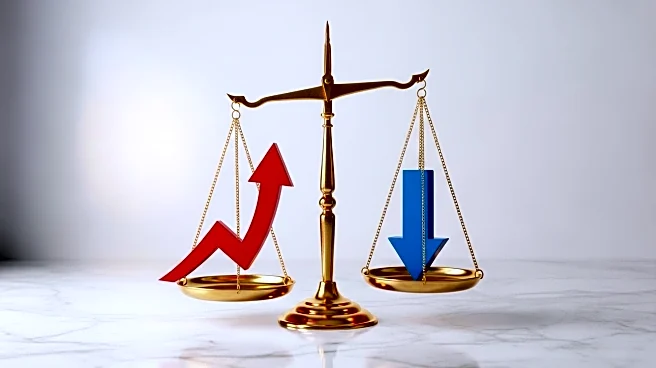What is the story about?
What's Happening?
The Bureau of Labor Statistics has reported a rise in consumer price growth for August, indicating ongoing inflation challenges in the U.S. economy. The broadest measure of price growth increased by 0.4% last month, following a 0.2% rise in July, surpassing estimates of 0.3%. On a year-over-year basis, the index climbed to 2.9%, marking the highest reading since January. Excluding food and energy prices, the growth rate hit 3.1%, the highest since February. Significant price increases were noted in used cars, trucks, and transportation services, including airfare, which rose by 1%. Despite these inflationary pressures, analysts expect the Federal Reserve to proceed with interest rate cuts at its upcoming meeting, driven by weakening labor market data. The Department of Labor reported higher-than-expected weekly jobless claims and a modest job addition of 22,000 in August. Wage growth has also slowed, with earnings falling by 0.1% after inflation.
Why It's Important?
The rise in consumer prices amidst a cooling job market presents a complex scenario for U.S. economic stakeholders. The Federal Reserve's anticipated rate cuts aim to stimulate economic activity, but persistent inflation could complicate these efforts. Businesses may face increased costs, potentially impacting profitability and consumer prices. The labor market's weakness, reflected in higher jobless claims and slow job growth, suggests challenges in economic recovery. President Trump has downplayed inflation concerns, advocating for rate cuts. Analysts highlight a disinflationary backdrop due to weak consumer demand and near-zero job growth, which could influence future monetary policy decisions. Bond investors have responded to the cooling economy by driving down Treasury yields, indicating subdued inflation expectations.
What's Next?
The Federal Reserve is expected to cut interest rates at its meeting next week, with further easing possible in October if labor market conditions remain weak. Analysts predict continued inflationary pressures as businesses adjust inventories and pass on cost increases. The Fed may find reassurance in stable inflation expectations and the absence of labor market overheating, reducing the risk of secondary inflation effects. The recent report on wholesale price growth suggests inflation may not be as severe as feared, reinforcing expectations for a rate cut. Bond yields have declined, reflecting investor sentiment on a cooling economy, while stock markets anticipate benefits from lower borrowing costs.
Beyond the Headlines
The inflation and labor market dynamics could have broader implications for U.S. economic policy and societal impacts. Persistent inflation may affect consumer purchasing power, particularly if wage growth remains sluggish. The Federal Reserve's actions will be closely watched by businesses and investors, as interest rate changes influence borrowing costs and investment decisions. The interplay between inflation, labor market conditions, and monetary policy could shape economic narratives and political discourse, especially in the context of President Trump's stance on inflation and rate cuts.
AI Generated Content
Do you find this article useful?
